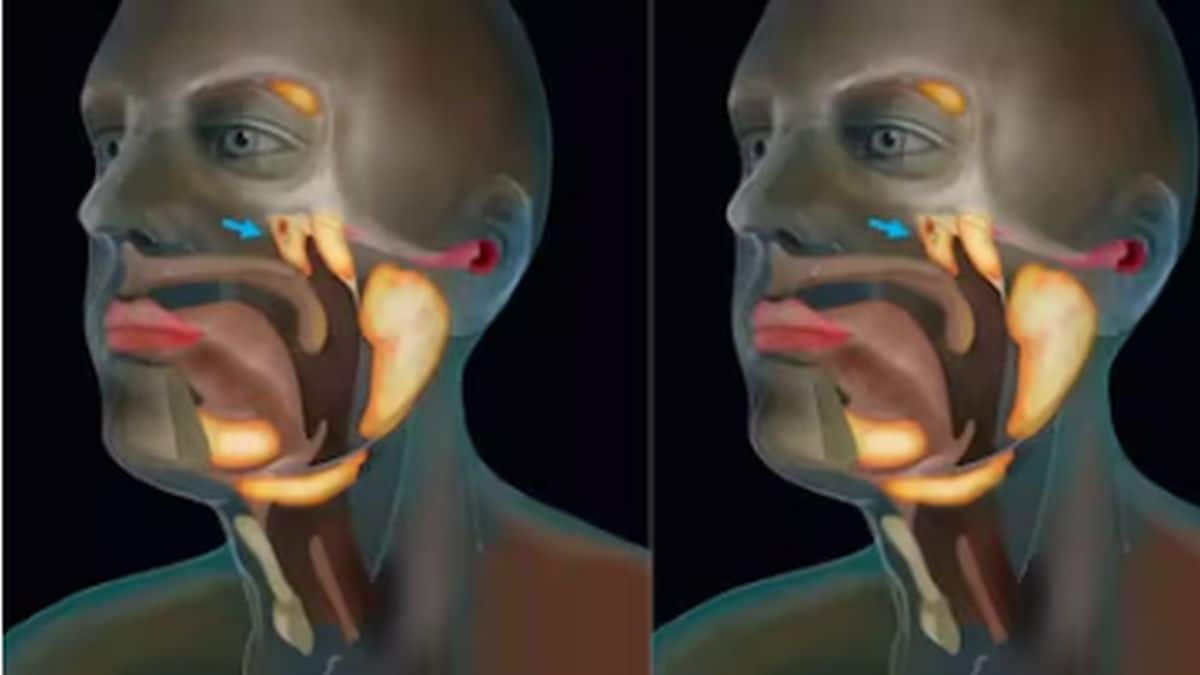Recent longitudinal studies published in the journal Biological Psychiatry suggest that autism subtypes are linked to brain size and white matter growth in a person. Bigger head size is often associated with an autism spectrum disorder. Previous research has suggested that autistic children have larger brains (relative to height) in early ages and their brain comes back to normal size as they grow up. However, the first study done by researchers at the UC Davis MIND Institute, indicates that these findings may be due to underrepresentation of adolescent and adult volunteers in studies concerning autistic individuals with disproportionate megalencephaly (ASD-DM). The researchers did not observe any such regression of brain size in the latest study. Also, most of the existing studies do not include enough females, which makes it difficult to understand ASD-DM in women. Similarly, it has been suggested that children with autism experience changes in their white matter which are different from older people with autism. However, it wasn’t known whether these changes were observed due to sampling bias. According to the second study, conducted by the UC Davis researchers, these changes are due to the atypical development trajectory of white matter. Changes in fibre development in autistic people lead to differences in symptom severity in individuals with autism. The studies show that changes in brain size are not seen as frequently in women with autism; however, they do show the difference in white matter growth. White matter is present in deeper areas of the brain and helps quickly pass signals in the brain. Autism spectrum disorder (ASD) Autism spectrum disorder refers to a range of conditions characterised by developmental delays and disability, difficulty in social interactions and repetitive speech and behaviours. ASD symptoms start to show up at the age of two or less and may include the following:
- Repetitive behaviour — repeating certain phrases or behaviours
- Avoiding eye contact
- Singsong, flat or robotic voice
- Inability to understand other person’s point of view
- Having an excessive interest in details or certain topics like number and facts
- Ability to learn details especially when presented visually
Types of ASDs The following are some of the types of autism spectrum disorders:
- Autistic disorder: This is the classic autism that most people know of. A lot of people with autistic disorders have an intellectual disability. They also have developmental delays and show unusual interests or behaviours.
- Asperger’s syndrome: This condition is characterised by less severe autism symptoms in that the person may not have an intellectual disability.
- Pervasive development disorder or atypical autism: People with atypical autism have only social and communication-related issues. Their symptoms are milder than autistic disorder and they meet only some criteria for the other two ASDs.
Diagnosis and treatment As per the Centers for Disease Control (CDC), USA, autism is difficult to diagnose. Doctors look for the apparent signs in children and monitor the child’s growth and development to notice if they show any symptoms of the condition. There is no treatment for ASD so far and since the symptoms are unique to each individual, they are managed through behavioural and psychological therapy. Medications are given for symptoms like irritability, anxiety, hyperactivity and aggression. For more information, read our article on Autism. Health articles in Firstpost are written by myUpchar.com, India’s first and biggest resource for verified medical information. At myUpchar, researchers and journalists work with doctors to bring you information on all things health.


)

)
)
)
)
)
)
)
)



